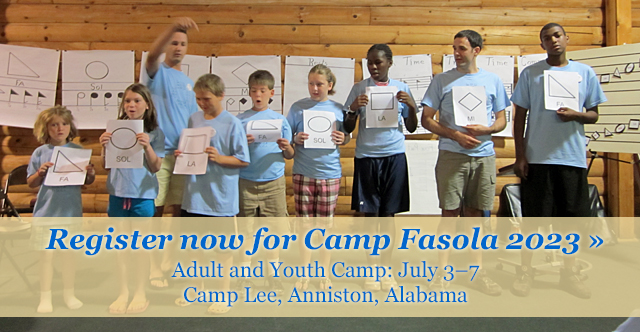Greetings,
I have been commissioned by Gale-Thompson to write an article on Civil War era hymnns. If you are aware of any really interesting primary sources on hymmns, their importance to soldiers and civilians, and any hymms (aside from "Hold the Fort") that were written as a result of the war, could you tell me about it?
Thanks!
I have been commissioned by Gale-Thompson to write an article on Civil War era hymnns. If you are aware of any really interesting primary sources on hymmns, their importance to soldiers and civilians, and any hymms (aside from "Hold the Fort") that were written as a result of the war, could you tell me about it?
Thanks!








Comment